Upgrading from 1GbE to 10GbE – Should You Do It?
Whether you are a completely new NAS buyer or someone that has owned their own private server for a number of years, the idea of upgrading your local network from the rather standard gigabit Ethernet up to 10-gigabit Ethernet has always floated around in the background of the more enthusiastic server owner. Notwithstanding the obvious advantages in bandwidth that are going to be made available by this upgrade, there is always going to be the question of whether it is worth the time or money for your own personal setup to take this rather large step. The affordability of 10-gigabit Ethernet has improved wildly in the last few years, alongside innovations in just how straightforward the upgrade towards 10G can be. Still, 10-gigabit Ethernet is not for everyone, and in this article, I want to give you five reasons why you should consider upgrading your network to 10G and five reasons why you might not need to bother. Let’s begin.
The TL;DR: Upgrading from 1GbE to 10GbE networking offers faster data transfer speeds, reduced network congestion, improved work efficiency, support for high-performance applications, and future-proofing. However, it comes with higher costs, limited device support, complex setup and configuration, and increased power consumption. Consider the specific needs and budget of your home or office environment before deciding to upgrade.
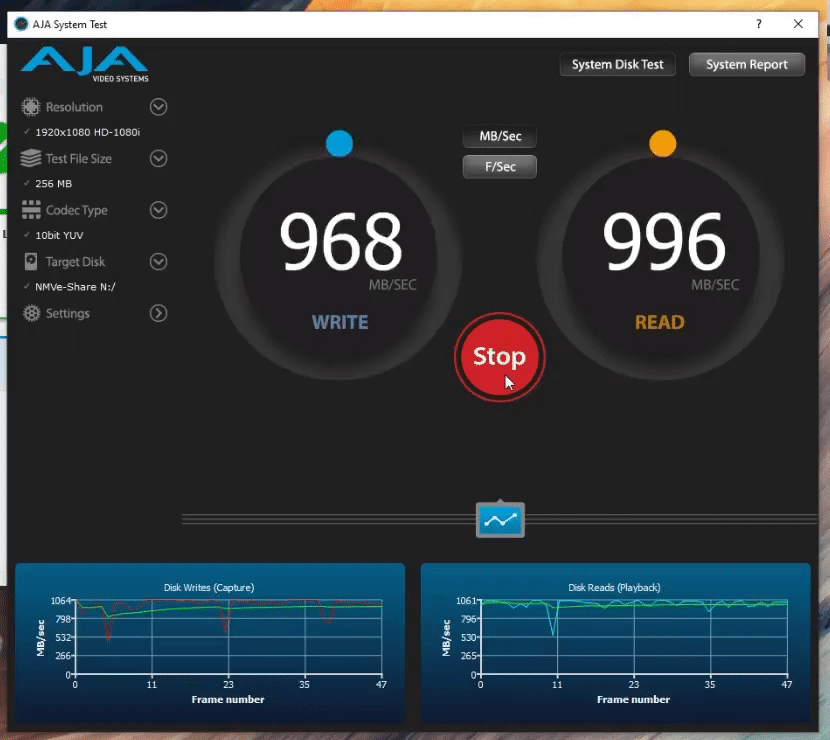
Advantages of Upgrading from 1GbE to 10GbE Networking:
- Massive improvements in local bandwidth: Upgrading to 10GbE provides ten times the potential bandwidth, allowing for faster data exchange and improved communication between connected devices.
- Affordability of 10GbE in 2023: The cost of 10GbE hardware has significantly dropped, making it more accessible to users. Affordable network controllers, PCIe upgrades, and thunderbolt-to-10G adapters are widely available.
- Affordable and sustainable upgradability from 1Gb networks: Upgrading to 10GbE doesn’t necessarily require replacing all existing hardware. Legacy devices can still communicate with a 10GbE network using RJ45 interfaces. Granular upgrades are possible with USB network adapters, combo switches, and utilizing existing network cabling.
- Network innovations in SMB multi-channel and greater than gigabit internet connectivity: SMB multi-channel support allows users to aggregate network ports’ bandwidth, resulting in increased network connections. It can be used on both 10GbE and lower bandwidth ports, providing more flexibility and potential bandwidth advantages.
Disadvantages of Upgrading from 1GbE to 10GbE Networking:
- Rise of 2.5GbE at 1Gb pricing: Many client devices now come with 2.5GbE ports, offering a significant bandwidth increase compared to traditional gigabit Ethernet. This may make 10GbE less necessary for some users.
- Not all devices are easily upgradable: Not all devices support 10GbE hardware or have the required drivers. Thunderbolt ports, PCIe network cards, and compatible drivers are essential considerations before upgrading.
- 10GbE doesn’t guarantee 10Gb speeds out of the gate: Achievable bandwidth and actual transfer speeds are different. Factors like storage media, CPU, and memory also affect overall device performance. Multiple drives or SSDs may be required to fully saturate a 10GbE connection.
- 10Gb managed switches remain relatively expensive: Managed switches offer customization options and enhanced security but come at a higher price point compared to unmanaged switches.
- 10Gb bandwidth doesn’t guarantee consistent speeds for all file exchanges: The performance of file transfers over a 10GbE network can vary depending on file protocols, network adapter configurations, and the capabilities of the NAS system. Complex and dense data transfers may require more capable 10GbE devices.
What are the Positives of Upgrading your 1GbE Network to 10GbE?
Although it may seem obvious, the full range of advantages that upgrading towards 10GbE can provide is actually pretty broad (not just bandwidth based either). Here are the top 4 reasons:
Massive improvements in local bandwidth
Let’s get the most obvious advantage out of the way early on. Upgrading to 10G means that your local area network has ten times the potential bandwidth to play with and exchange data between connected devices than previously. Obviously, it will depend on the number of devices in your network and how they are communicating, e.g., the complexity of your network switch and/or the exchange of data. But still, nonetheless, in the years that 10-gigabit Ethernet has existed, this will always be the most motivating factor. However, it doesn’t stop there, and it’s also worth highlighting that even now, via unmanaged 10-gigabit Ethernet switches or other very affordable network upgrade devices, the extent of throughput that can be achieved is very impressive. Then, if you factor in a mixed client hardware environment communicating with a singular 10-gigabit Ethernet NIC, this ensures that each user, even if they are not utilizing 10G, is able to fully saturate their respective connections on the network environment between them and their targeted server locally. 10 GbE only provides you with enhanced bandwidth, and you will still need to rely on sufficiently high-performance media to saturate that connection, but the benefits in local bandwidth alone are often more than enough for most users to take the plunge.
The affordability of 10G in 2023
That’s right, although one could argue that year on year, the price point for most hardware will inevitably drop, the affordability of 10 GbE has really hit an absolute sweet spot in 2023. Innovations such as affordable 10-gigabit network controllers have allowed PCIe upgrades to be purchased in the double-digit dollar figures, as well as Thunderbolt to 10G upgrades becoming widely available and increasingly affordable. Then there is the growth in the ability of unmanaged and managed switches in recent years that have allowed high-performance network switches in 10G to arrive at only a few times the cost of 1G switches comparatively. Then there are adapters that allow users to mix and match between copper and fiber-based network connectivity, which is no longer any kind of hurdle.
These are also available at an affordable price. Finally, there is simply the cost of 10GbE-ready NAS or upgradable houses now being considered standard, with most £500+ NAS devices arriving out of the gate with either the option to upgrade to 10G down the line or arriving with it right out of the gate. Even the likes of Windows and Apple have started rolling out a number of their gamer and prosumer hardware to feature 10-gigabit Ethernet by default. Thanks to this growing affordability of 10G, upgrading to a 10G network is affordable for most and widely supported/upgradable on a lot of consumer tech.
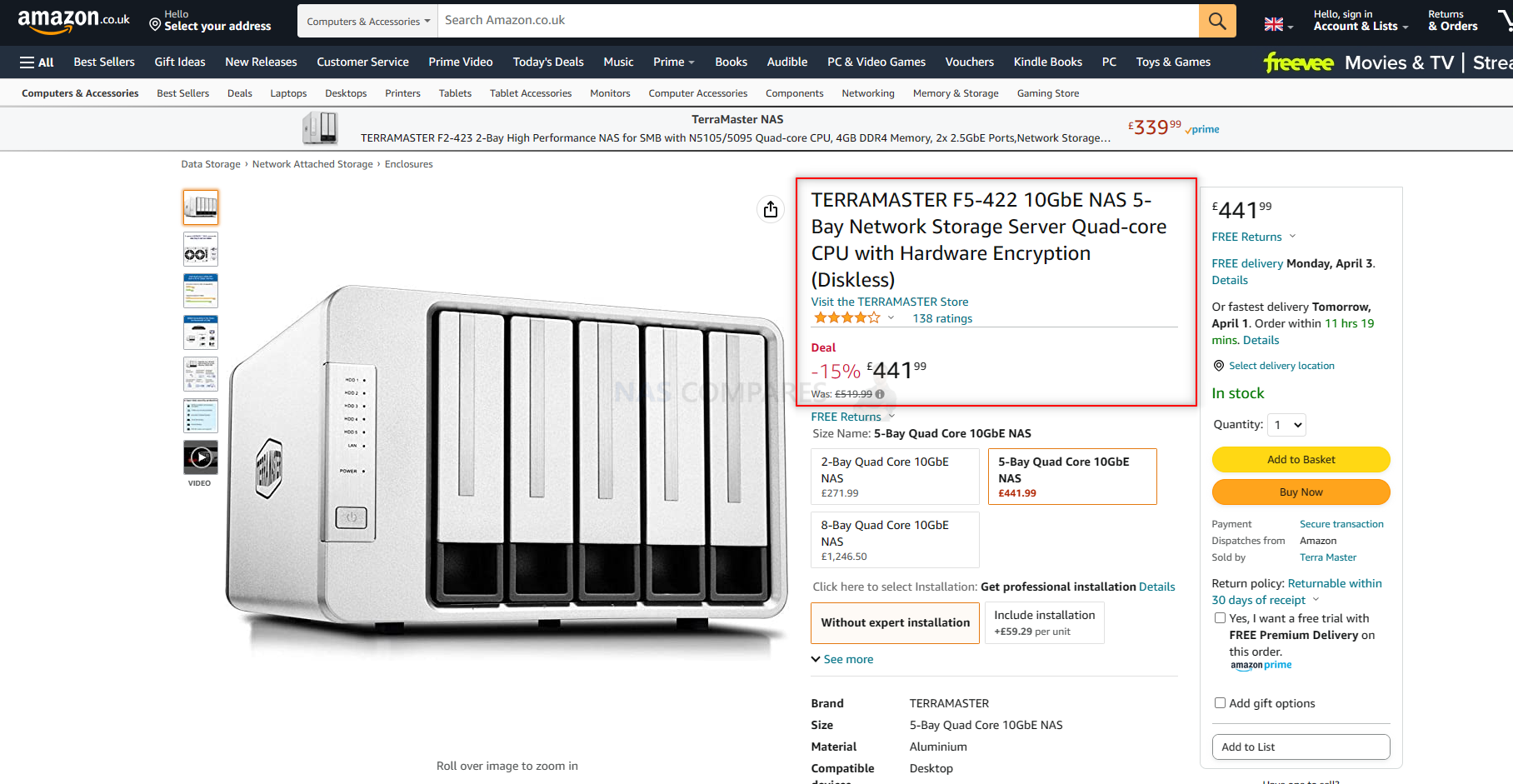
Affordable and sustainable upgradability from 1G networks becoming increasingly common
Another great benefit for users looking to upgrade to 10-gigabit Ethernet from an existing 1-gigabit Ethernet network over copper is just how much of the legacy hardware you can still reuse. If you are already located in a home or office that has network cabling trunked or already built into wall cavities, then chances are this is copper-based and unless you are covering particularly large distances, is also suitable for 10G setups (10GBASE-T). Equally, unless you are looking at a purely fiber-based 10G upgrade, all of your existing one-gigabit connected devices will still be able to communicate with the new 10G network over RJ45 network interfaces that are found on pretty much every appliance you can buy. Then there is the ease of upgrading. Some devices have become considerably more affordable and low-impact thanks to USB network adapters, which now support 2.5G and 5G for as little as 20 to 40 dollars. Lastly, for those that do not want to fully integrate 10-gigabit Ethernet but simply want to partially integrate it into their network, the popularity of affordable combo switches that feature a large number of 1G ports combined with one or two 10G ports for a NAS or greater than gigabit internet connection is increasing. There are even combo switches from brands such as QNAP that combine both fiber and copper-based 10G ports in a single switch while also supplying a larger number of 1G or 2.5G ports. Upgrading to 10G can often be done very granularly or even in a small area of your overall network while still reusing the bulk of your existing hardware in your office environment.
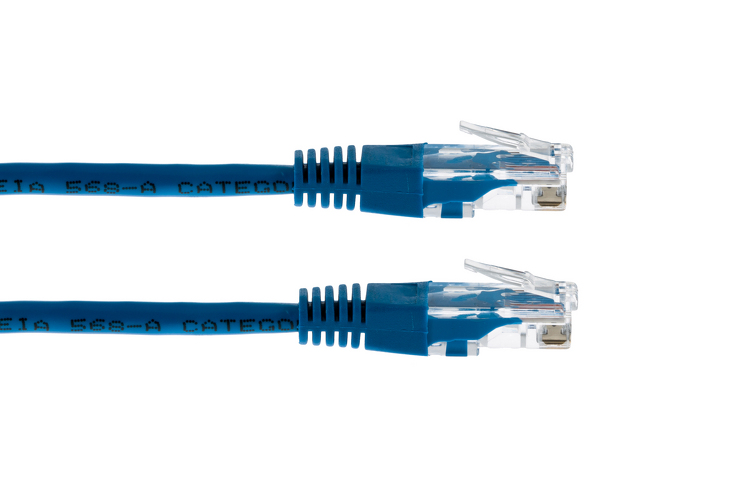
Network Innovations in SMB multi-channel and greater than gigabit internet connectivity
One of the more popular network software appliances that is in hot discussion on most network tech sites is the subject of SMB multi-channel support. Previously, if you had multiple network ports and you wanted to combine their overall bandwidth to take advantage of a single larger network connection, your main two options were either link aggregation or load balancing. Link aggregation, also known as port trunking, requires a smart managed switch to bind multiple ports together that are then connected to a single network appliance, which also aggregates them. This does work and has been used for many years. However, it is messy, not especially robust, and often falls short in comparison to a single larger bandwidth connection like 10G. Load balancing is similar but, instead of creating a single network tunnel, creates a system of turn-based bandwidth usage across two or more network ports. Once again, it can be messy and not quite as robust as a 10G port. Now, SMB multi-channel takes care of many of the messy things in those previous two methods, allowing you to simply tell the NAS and your host system that the network ports you are connecting with are a single bonded network connection. SMB multi-channel then, on the client hardware side, simply does the network division on its own and allows you to greatly aggregate the network connections without the need for an intelligent switch in the middle. You can even perform SMB multi-channel with an unmanaged switch. So what has this got to do with 10-gigabit Ethernet? Well, not only can SMB multi-channel also be used on multiple 10G ports if you are lucky enough to have a system that arrives with more than one, but it also allows you to aggregate existing 1G or 2.5G network ports that your system may already have by default. This means that when upgrading your 10G network, there is the potential to bind 10G ports with existing lower bandwidth ports and gain even further bandwidth advantages. This also allows non-10G devices to enjoy a larger potential bandwidth when connected via the network to a 10G NAS if they are connected via multiple ports in SMB multi-channel. There is, of course, the argument that SMB multi-channel starts to undermine the need for 10-gigabit Ethernet at all, but that’s a conversation for a different kind of setup.
What are the Negatives of Upgrading your 1GbE Network to 10GbE?
There is no denying that upgrading to 10GbE is not going to be for everyone and for every person that thinks it is going to solve a bunch of bandwidth issues they have, there is going to be another person that find that it’s more hassle than it’s worth in the long run! Here are the disadvantages of upgrading to 10G that might make you sit on the fence a while longer!
The rise of 2.5G at 1G pricing
![]()
10-gigabit Ethernet is not the only thing that has seen a price drop in recent years. At the other end of the network spectrum, we have found that many client hardware devices that would have formerly arrived with traditional gigabit Ethernet network ports have started arriving with 2.5-gigabit Ethernet instead at no additional cost. Now, although 2.5G is only two and a half times wider in bandwidth than traditional gigabit Ethernet, this might be enough for many low to middle-range client hardware devices and may even negate the need for some users to consider 10-gigabit Ethernet in the near future. We are also seeing occasional devices roll out on the market with 5-gigabit Ethernet network ports and a small price increase that is considerably lower than that of 10G. These devices are rarer but do exist. 2.5G has started to arrive on more common day-to-day devices, not just laptops and computers. As many ISP routers are starting to embrace Wi-Fi 6, we are also seeing these devices arrive with 2.5G network ports. So if you are not convinced that you are going to utilize 10-gigabit Ethernet for the next few years, it’s actually surprisingly cheap and, in some cases, next to free to just move over to 2.5G, depending on the devices in your network environment.
Not all devices are ready to be upgraded so easily
Earlier, I highlighted the increase in 10G peripherals, such as Thunderbolt to 10G adapters from brands such as Sonnet and QNAP. These, along with increasingly affordable 10G network upgrade cards over PCIe that add one to two 10G ports to your system, do make the upgrade surprisingly easy for certain machines. However, it is crucial to check whether many of the devices in your existing network environment actually support 10G upgrades. Currently, there is no such thing as a USB to 10G network adapter. If you do not have a Thunderbolt port and no means to upgrade a PCIe network card into the system, there is currently no way for your system to enjoy 10-gigabit Ethernet. Equally, 10-gigabit Ethernet requires slightly more sophisticated network drivers on your host system than the usual network drivers associated with standard gigabit Ethernet. So in some cases, and in more closed systems, you may be able to add a Thunderbolt hardware card or adapter, but your system software does not have a relevant driver and may well be overly reliant on custom drivers developed on GitHub and other sites where modified drivers are engineered without the usual long-term support and maintenance associated with paid premium software updates. Check whether your devices actually support 10-gigabit Ethernet hardware or 10-gigabit Ethernet drivers before considering upgrading your network to 10G; otherwise, you may find yourself spending considerably more money than you anticipated.
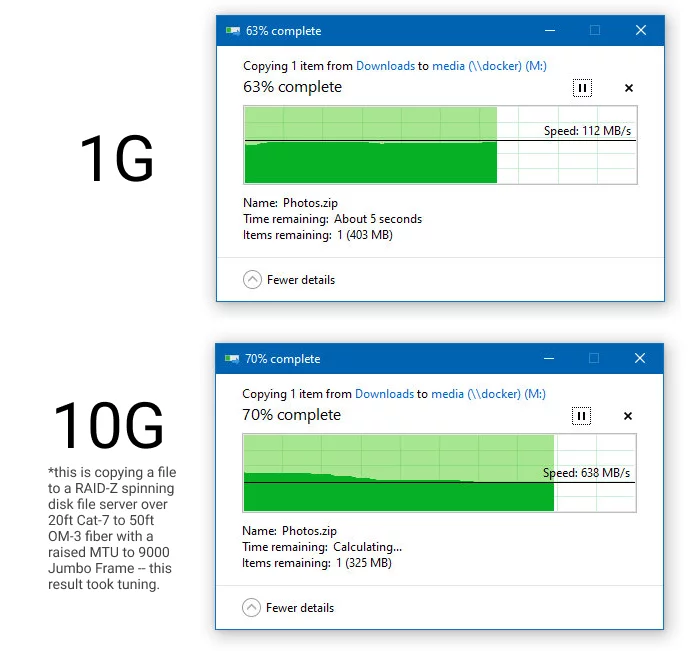
10G networking does not necessarily guarantee 10G speeds out of the gate
Earlier on, I did highlight that one of the earliest and obvious benefits of 10-gigabit Ethernet is the increase in your network bandwidth. To be a little more precise, a 10G network connection allows a little over 1000 megabytes per second of transfer speed to be achieved, which is 10 times what you find in traditional gigabit Ethernet. However, many users overlook the fact that achievable bandwidth and actual transfer speeds are not the same thing. Think of bandwidth as the pipe and speed as the water running through the pipe. When it comes to transfer speeds, aside from network connectivity, one of the other significant factors that defines the external performance of your devices is the storage media that they are utilizing. The power of a device, such as its CPU or memory, certainly plays its part, but in order for a 10G NAS to fully saturate a 10G connection, you are going to need several hard drives or a handful of SSDs to come even close. More modern SSDs, such as M.2 NVMe, have made achieving fully saturated 10G speeds considerably easier. However, these are not cheap SSDs, and often a NAS may not support NVMe drives as storage pools or perhaps only supports SATA media to begin with. Then there is whether a system with multiple drives still has the correct RAID configuration to allow multiple drives to be read and written simultaneously to achieve enhanced performance towards 10G externally. Overall, just adding a 10G network connection does not necessarily mean you are going to get 10G speeds unless your NAS has sufficient storage media and/or the devices in your network are primed to handle that kind of data transmission.
10G managed switches continue to keep prices high
Although 10G switches are more affordable than they have ever been, it is worth clarifying that the more affordable switches you find will often be unmanaged. These are switches that do not have any means of manual customization and arrive with preset protocols in terms of security and data packet handling. However, if you are looking for more cutting-edge security network switches or want options to better customize a network in terms of priority and access to certain devices over others, you are going to need to look at managed switches. Unfortunately, managed switches, although cheaper than they have been in the past, have not seen the same reduction in price point as unmanaged switches. A big part of this is due to brands issuing regular firmware updates to maintain system security and ensure user network protection is maintained long term. So keep in mind that you may have seen very affordable 10G network-wide upgrades that you can potentially integrate into your home or business environment, but many of these are built around an unmanaged and inflexible setup unless you spend a decent chunk more money.
10G bandwidth does not guarantee 10G speeds for different kinds of file exchanges and scales
Many users might be considering upgrading to 10-gigabit Ethernet as they hope it will allow certain file processes that are generally conducted locally to be done remotely over the network on a connected server over 10G, with the convenience of NAS server software to manage backups and retention. This is indeed possible, and many photo and video editors have started migrating away from local editing towards editing over 10G and higher network speeds in order to manage multiple huge project files all at once that could not possibly all reside on their local C drive. However, not all files are created equally, and depending on the complexity, high frequency, or sheer size of the files that you are editing, you may not see the same performance levels over a 10G network as you do locally. A big reason for this has to do with file protocols and how network adapters are configured to handle data packets. Many 10G upgrades do provide you with the options to customize a lot of the settings on your network adapter. However, crucially, not all do, and many very affordable 10G NAS systems on the market arrive with quite weak and comparatively rudimentary processors (more typically ARM) that, although they can generally handle file transfers, will struggle with denser data scales. Large 4K video media, high-frequency but low individual file-size databases, and system image-based backups are just a few examples of particularly dense and arguably complex data transfers that, without more capable 10G devices working alongside your host system, will certainly cause headaches along the way. So just be aware that although 10G hardware has become more affordable in recent years, don’t be fooled into thinking that a cheap 10G NAS can be just as speedy as a similar-looking system three times more expensive. Chances are, the more expensive system features a better CPU or a more capable network adapter right out of the gate.
In summary, upgrading to 10GbE offers significant advantages in terms of bandwidth and affordability. However, considerations such as device compatibility, achievable speeds, and the need for customization should be carefully evaluated before deciding to make the upgrade.
Upgrading to a 10Gbe Network – Recommended Products in 2021
So now we have discussed at length a number of the advantages and disadvantages to upgrading to a 10Gbe network environment. As mentioned, there are many new 10Gbe pieces of hardware available as 2021 continues, making the ease of choosing the right network components evermore confusing. Below I have detailed my recommended 10Gbe switch, NAS, Router, Plug-n-play laptop upgrade and Desktop PCIe upgrades to ensure that you are ready to make the jump to 10Gbe networking.
Recommended 10Gbe Switches
Likely the most important part of the 10Gbe network upgrade, the switch is what manages traffic between your client devices.
| Budget Unmanaged 10Gbe Switch
|
Budget Managed 10Gbe Switch
|
Best Budget Dedicated 10G
|
| QNAP QSW-308S | QNAP QSW-M408-4C | TRENDnet 8x 10G TEG-7080ES |
Recommended 10Gbe Laptop Upgrades
If your network is populated with more compact and portable devices, then you can still use a range of Thunderbolt connected devices to interact with a 10Gbe network. Here are the ones I recommend:
| Sonnet Solo 10G Adapter
|
QNAP QNA-T310G1S Adapter
|
ATTO TLN3-3102 Thunderlink 2x10G Adapter
|
| Thunderbolt3-to-10G Copper | Thunderbolt3-to-SFP+ Fibre | 2x Thunderbolt3-to-2x SFP+ Fibre |
Recommended 10Gbe Desktop PC Upgrades
If you are using a desktop PC/Mac/Linux system, then you are able to consider PCIe 10Gbe upgrades. Although these are more expensive than the plug n play alternatives, they do allow more connections per card. Here are the 10Gbe PCIe cards I recommend:
| 1 Port 10Gbe PCIe Card | 2 Port 10Gbe PCIe Card
|
Fully Featured 10Gbe PCIe Card
|
| TRENDnet 10Gbe TEG-10GECTX | QNAP QXG-10G2T-107 2x 10G | QNAP 10Gbe and 2x NVMe QM2-2P10G1T |
Recommended 10Gbe Routers
Once again, very much an ‘optional extra’, upgrading the router/modem in your network towards 10Gbe will only really be beneficial if your internet service is greater than 1Gbps. Never the less, there are some great 10Gbe, 5Gbe and 10Gbe routers out there, some of which even include WiFi 6 too. Here are the best 10Gbe routers right now in 2021:
| Best Gamer 10Gbe Router
|
Best Prosumer 10Gbe Router
|
Best Business 10Gbe Router
|
| ASUS AX11000 | ASUS AX6000 10G | QNAP QHora-301W 10G & WiFi 6 |
📧 SUBSCRIBE TO OUR NEWSLETTER 🔔
🔒 Join Inner Circle
Get an alert every time something gets added to this specific article!
This description contains links to Amazon. These links will take you to some of the products mentioned in today's content. As an Amazon Associate, I earn from qualifying purchases. Visit the NASCompares Deal Finder to find the best place to buy this device in your region, based on Service, Support and Reputation - Just Search for your NAS Drive in the Box Below
Need Advice on Data Storage from an Expert?
Finally, for free advice about your setup, just leave a message in the comments below here at NASCompares.com and we will get back to you. Need Help?
Where possible (and where appropriate) please provide as much information about your requirements, as then I can arrange the best answer and solution to your needs. Do not worry about your e-mail address being required, it will NOT be used in a mailing list and will NOT be used in any way other than to respond to your enquiry.
Need Help?
Where possible (and where appropriate) please provide as much information about your requirements, as then I can arrange the best answer and solution to your needs. Do not worry about your e-mail address being required, it will NOT be used in a mailing list and will NOT be used in any way other than to respond to your enquiry.

|
 |
The Best Bits (and Worst Bits) of NAS of 2025!
Minisforum MS-02 Ultra Review
Minisforum N5 NAS, 6 Months Later - Better, Worse, the Same?
Beelink ME Pro NAS Revealed
Best SOLID STORAGE NAS of 2025
Should You Worry About the NanoKVM Hidden Microphone?
Access content via Patreon or KO-FI
Discover more from NAS Compares
Subscribe to get the latest posts sent to your email.


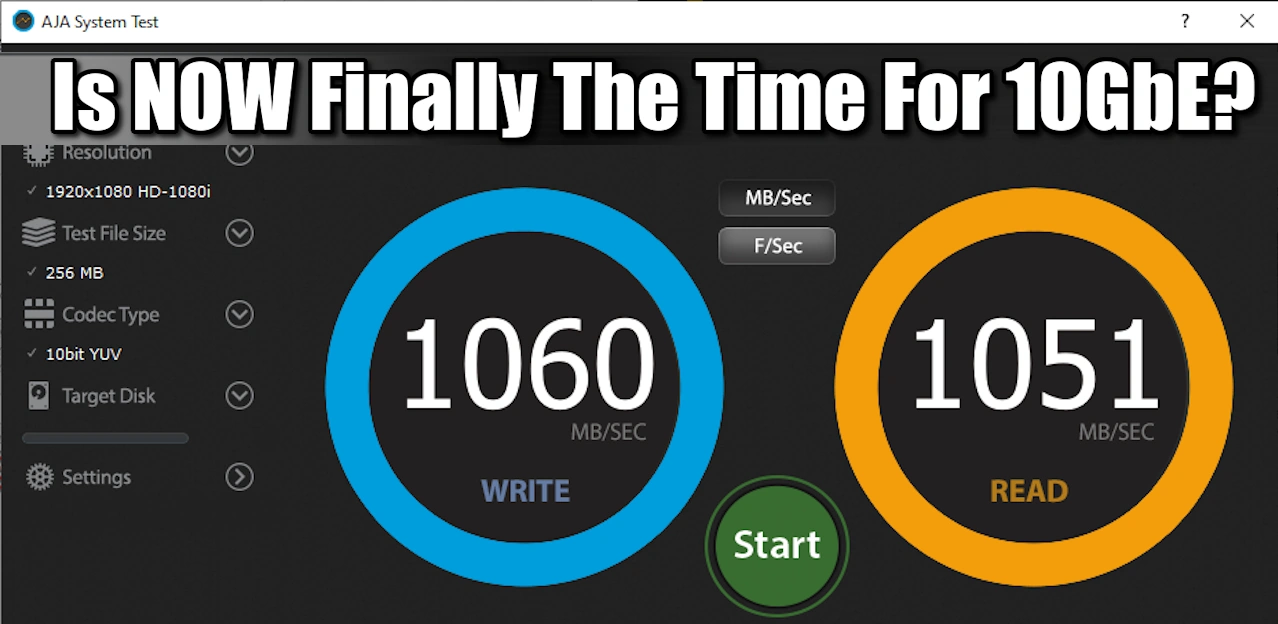
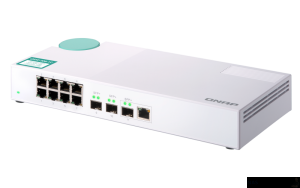



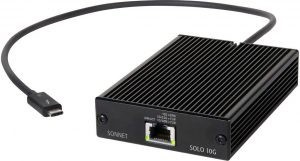
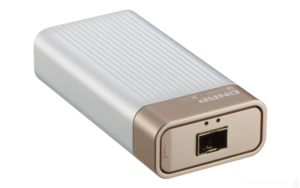
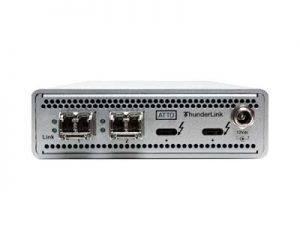
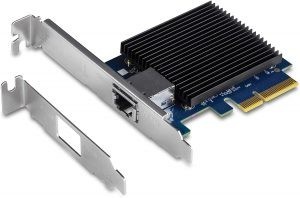
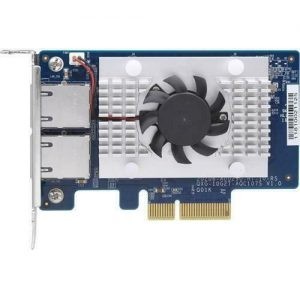
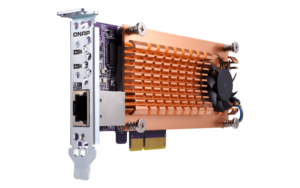
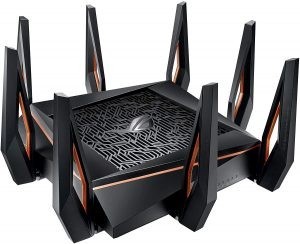
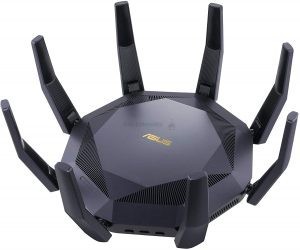
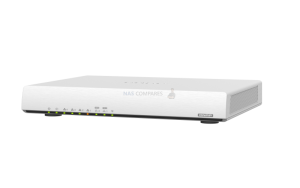



Wouldn’t 4x spinning HDDs in RAID0 saturate 10gbps? I get ~240mb/sec on each of my drives, so quadruple that with RAID0 and…
REPLY ON YOUTUBE
I’m looking for a jbod enclosure to run on my mac mini i7, which has only tb1. i plan on putting linux on it and truenas. any suggestions on enclosures i should look at? Thanks.
REPLY ON YOUTUBE
Recently got a D5 T3 and it’s working as advertised. Very easy setup and RAID configuration. Sequential R/W speeds are impressive, around 800 MB/s with 5 drives in RAID 5. The enclosure is solid, although the drive holders are plastic, and there is some noticeable drive noise, clicks and chirps, but the fans are very quiet. Overall I’d recommend it for large capacity, very good speed, and ease of use.
REPLY ON YOUTUBE
6:10 How can I make my own customized fibre optical cables? How can I “crimp” my own LC/APC-Adapters on the optical cables? In the past I always bought fibre optical cables which already had the LC/APC plugs attached.
REPLY ON YOUTUBE
What a puff piece. Just tell us this is a sponsored video. 5 reasons to be on the fence only included one of relevance, with the noise. Terramasters have many issues with their hardware and software. Look at the reviews everywhere. Even i had trouble. Populated drives were asking to be formatted, terrible write speeds, trays were wonky. Would also turn off individual drives constantly, so there’s nothing showing on the system. Thats only half of the issues.
REPLY ON YOUTUBE
The big selling point of Drobo for me was that I could RAID discs of any size and if one got full, swap it for another and it would rebuild. All of the other systems I’ve seen so far require that ALL the discs be the same size. It becomes very expensive to have to go and buy multiple 8TB discs because your 4TB ones are getting close to full. The Drobo would let me incrementally add storage and replace the smallest drive each time.
I have 4 Drobo desktop units but I fear they will all fade away as the kernel driver is not compatible with MacOS 13. All my Macs are still on MacOS12 simply because I can’t use my Drobos if I’m forced to update ????
REPLY ON YOUTUBE
Thanks. I just wish you had not mixed1000M and 10gbit when you talked about NAS and so. I would be beneficial do many with a drawing.
REPLY ON YOUTUBE
How is he talking about things released in 2023 when this video was published in 2022?
REPLY ON YOUTUBE
zzzzzzzzzz
REPLY ON YOUTUBE
I looked at this solution vs the Terramaster USB 3 solution. Turns out that whether you use rotating media, SSD, USB or Thunderbolt, the read/write performance is surprisingly similar at around 700 – 900 MBytes per second read, so I am not sure nVme makes a lot of sense. Not sure why, but it may be a hardware limit of the controllers. Certainly daisy chaining a nVme gives 2.5X the performance, so its not the Thunderbolt bus. Also, the USB version may be a better solution as its about 1/2 the speed, for the cost conscious. It may be worth doing a video comparing the various drives (Rotating vs SSD vs nVME) in DAS and NAS as a lot of confusion in the market about adding nVme drives etc to DAS and NAS (I am not talking about cache)
REPLY ON YOUTUBE
Tim Curry has a YouTube? And he’s a tech guy, no less.
REPLY ON YOUTUBE
any enclosure with thunderbolt 4 ?
im still confused i buld raid with 4 ssd 8th or i stay safe with hdd 7200 6 or 8 bay
for video editing vfx
some peoples recomend raid 6 if 2 hdd fails is it true?
thx Mr nas for helping
REPLY ON YOUTUBE
Really, does the software allow you to grow a storage pool without backup and restore? I know both Synology and Qnap can (and nowadays qnap is pretty easy, even replacing lower capacity drives. Is no drobo but it’s easy)
REPLY ON YOUTUBE
Thanks for the video. Anyone know what the top competitors there are to this?
REPLY ON YOUTUBE
Thanks mate – took me a while to find somebody who is talking about exactly my situation… It’s surprising how poorly this area is serviced by companies…
REPLY ON YOUTUBE
Is daisy chaining not only a mac supported feature?
Are there any Das systems that allow their fans to be changed out with 3rd party PC fans like noctua for noise and efficiency?
REPLY ON YOUTUBE
strike mark agenst synology is they now reqire the use of only their hard drives that cost 2-3 X an iron wolf or other similar drives
REPLY ON YOUTUBE
fucking information firehose!! love it!
REPLY ON YOUTUBE
I thought you were going to recommended four (4) different 10GbE NAS RAID units that were capable of providing the 1000Mb throughput?
REPLY ON YOUTUBE
Skip Thunderbolt 4 and proceed straight to USB4.
REPLY ON YOUTUBE
Thank u Sir
REPLY ON YOUTUBE
Hi,maybe your email is plenty. Could you advise me when galayou G2 video will be finished?
REPLY ON YOUTUBE
Minor comments on the units. I do own both the D2 and the D5 units and have been using them for over 2 years.
I have no complains about their stability and quality so, in general, I do recommend them if you are into DASes.
As Rob said, they are *loud* , even at *IDLE* , I can hear my D5’s fans even at 3 meters away if there is no floor noise (like midnight when nobody is doing anything).
The D2 is quieter because it only has 1 fan.
I have both units populated with Iron Wolf Pro 16TBs and they are louder because of the chassis whenever doing anything (READ/WRITE) as the sound the mechanical drive make echo way more in such a chassis.
I have *QNAP DAS* (TR-004) and it makes slightly less echo.
Most likely because it has less empty room in its chassis.
The other problem I have with them is that the *D5 requires a driver/controller to be installed to be properly configured and detected* while the D2 does not.
The driver/controller is only available for Windows and Mac so be mindful of that when picking one of them.
The *D2 works perfectly in Linux* as it is managed using an old school button thingy to configure the *RAID*.
The D5, even after properly configured in a Windows/Mac machine, is not even recognized in Linux.
Max speeds even with SATA SSDs for the D5 are capped at *~1000 MBs* . With mechanical drives they are go around *450-550 MBs* even in RAD0 (although performance seems to be better when set in RAID5).
My guess is that it is using an USB-C 10GBps hub inside.
In all honesty, there are few benefits of these DASes being Thunderbolt:
+ The have 2 ports so they support *daisy chaining*
+ The USB-C ports to allow for video output on their own.
+ They have an additional *DisplayPort* port.
So these DASes are convenient for *paced scalability* . If you need more drives you can buy another enclosure and daisy chain it to your main server without loosing another TB port.
Speed wise, I think they are OKish although I was expected more performance for RAID0 on the D5 to be honest.
If you really need non-Windows/Mac support and more than 2 drives, maybe the *QNAP DAS* is a better pick.
It runs on USB 3 and maxes out at *200 MBs even at RAID0* , but it does not require a controller and supports 4 bays.
It does have a software to manage the unit, but it is only to for that, management. Once set, it can be recognized anywhere.
Wish everybody the best of lucks and hopefully this helps somebody.
REPLY ON YOUTUBE
Time to do a cost update?
REPLY ON YOUTUBE
I watch this _after_ I bought ????
REPLY ON YOUTUBE
Fiber cable is actually competitive with copper. I will normally install fiber if needs exceed CAT6. ALL cabling between buildings is always fiber. The cost is the termination of the fiber. But depending on the spec needed there are now field-installed connectors around $20 each (4 per average “cable”).
If you are doing it in a home pre-terminated multi-mode cable is very affordable but has installation code limites.
REPLY ON YOUTUBE